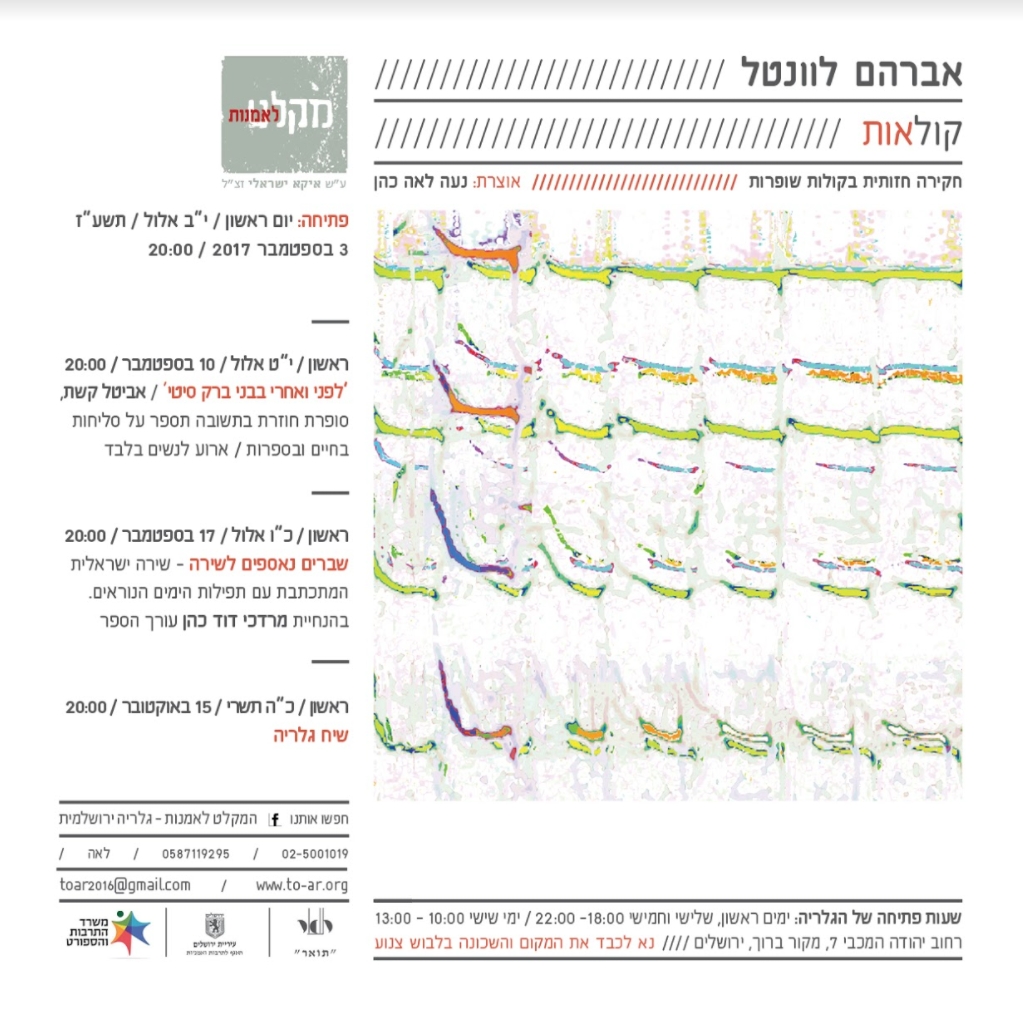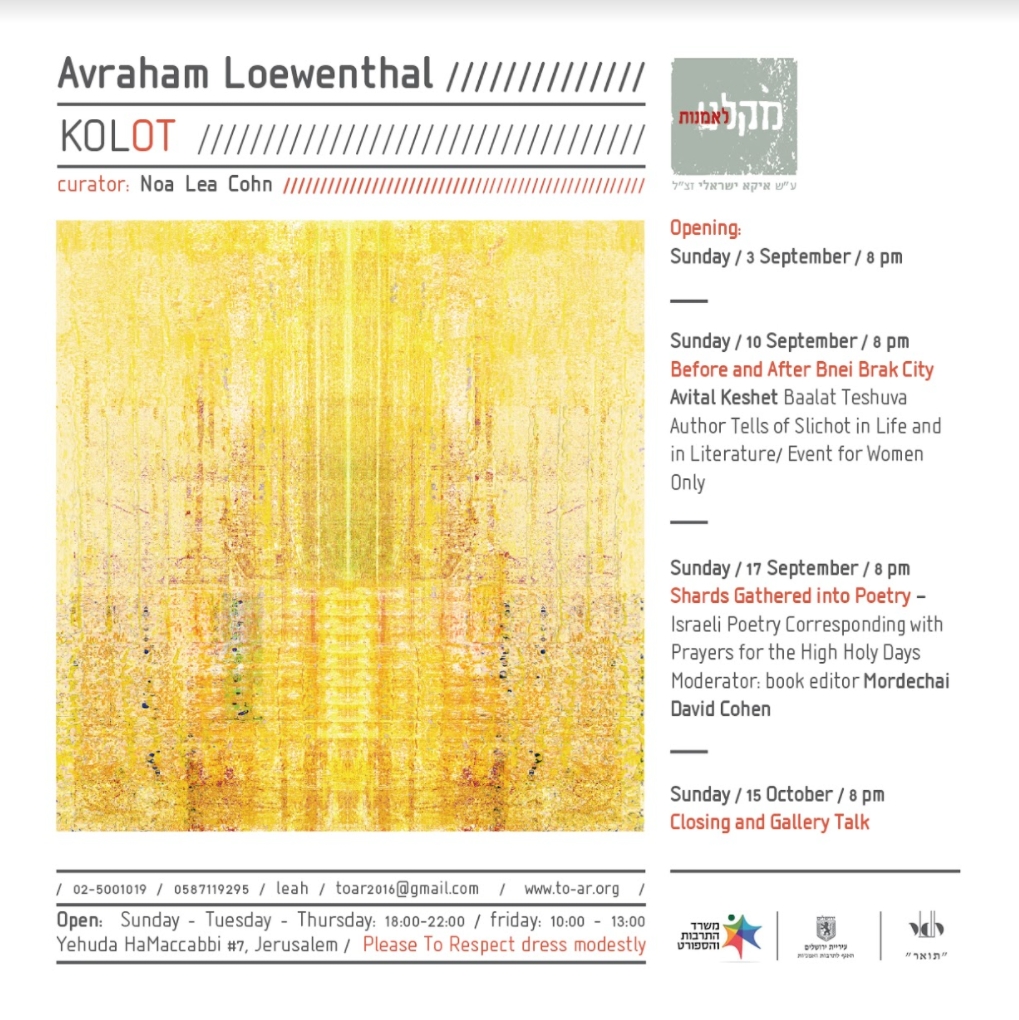Seeing the Sounds: A New Exhibition by a Safed Artist Shows Us the Sounds of the Shofar
Abraham Leventhal, a Safed artist who incorporates Kabbalistic motifs in his paintings, is currently displaying an exhibition at the 'Shelter for Art' in Jerusalem where shofar sounds are translated into beautiful paintings through a special software that transforms the blasts into visual prints.
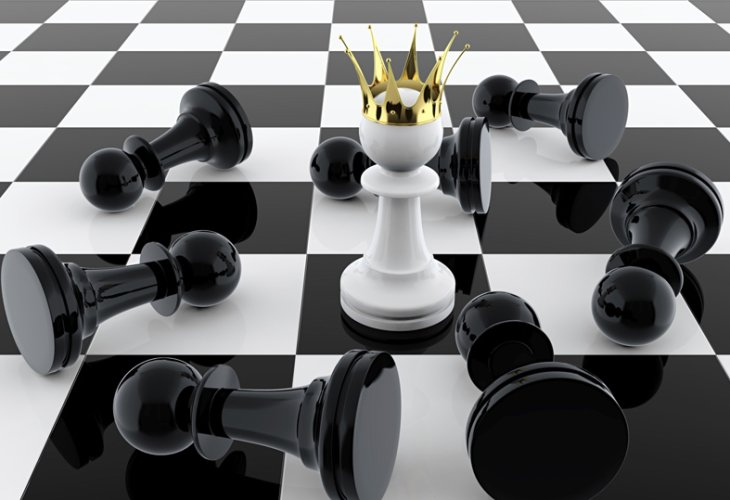
Artist Abraham Leventhal was born and raised in Detroit, USA, in a Shabbat-observant Jewish-American home. His real interest in spirituality, however, began during his college years. "I started getting interested in Eastern meditation. I was looking for something spiritual, unique. Then I came across a book by Rabbi Aryeh Kaplan on Jewish meditation, and it simply changed my life."
Rabbi Aryeh Kaplan, who passed away at a young age in 1983, was one of the pioneers of the Baal Teshuva movement in the United States. As part of his work of bringing distant Jews closer, he observed the great attraction to Eastern religions and especially meditation practices, writing books that clarified the Jewish principles behind meditation. Leventhal was among the students who encountered these books. "I started reading more books by Rabbi Kaplan on spirituality and Kabbalah," he says.
 Avraham Leventhal from the series Seeing the Sounds, Kolot Exhibition at the Shelter for Art Gallery, until 15.10
Avraham Leventhal from the series Seeing the Sounds, Kolot Exhibition at the Shelter for Art Gallery, until 15.10At college, he studied for a degree in psychology, but when he finished his studies and thought about what he wanted to do in life, Leventhal discovered that he actually wanted to... paint. Even though he had never before thought about pursuing art professionally, he enrolled at the Art Institute of Chicago. "I studied painting there and really loved it: I painted works in abstract and expressionist styles." At the same time, he continued reading about Judaism and Kabbalah.
When he completed his art studies, Leventhal decided it was time for a visit to Israel. He enrolled in a special program for artists from the USA, coming to Israel for six months in Arad. "When this period ended, I decided to spend one Shabbat in Safed," he recalls. "I came to Safed for Shabbat, discovered the community, the connection of Safed to Kabbalah, saw that it was a city of artists, and was greatly drawn to the place. In short, I decided to stay in Safed." In Safed, he also later met his wife, and there he is raising his children today. He has been part of the Safed landscape for 23 years.
After several months of living in Safed, he decided it was time to dive in and become a true Safed artist. He rented a place and opened an art studio. "At that time I began studying Kabbalah seriously and began incorporating the ideas I learned into my works. When groups of tourists from all over the world would visit my studio, I would tell them how Kabbalistic ideas inspire my art and show them how Kabbalistic motifs are integrated into my paintings."
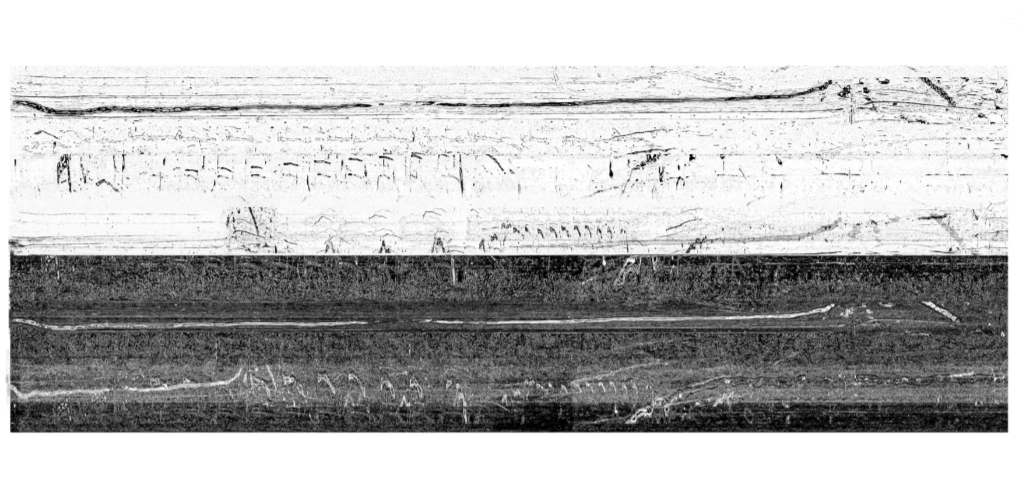
There is one subject, however, that Leventhal returns to repeatedly in his art: the shofar blast. "For fifteen years I have been very interested in this," he says. "We learned back then from the Zohar about the order of the shofar sounds on Rosh Hashanah and their spiritual significance. I deepened in the study and painted a picture symbolizing the 100 shofar blasts of Rosh Hashanah. For a long time, I worked according to the pattern of a hundred blasts, but recently I started working with the sound itself."
Leventhal began using advanced computer programs to process the shofar sounds into visual patterns. Based on these sketches, he created paintings of lyrical landscapes, hidden scrolls, and secret codes. In essence, it is a combination of technology and art.
"Concerning the giving of the Torah at Mount Sinai, it is said there was a very strong shofar sound and all the people saw the sounds," says Leventhal. "There are many interpretations of these words, but the new technology indeed allows us to see the sounds. The Sages say that three days before the coming of the Messiah, Elijah the Prophet will blow a shofar to announce the redemption. I am now learning the teachings of the 'Baal HaSulam' that the inner intention of this statement, the inner intention of this shofar, is the study of the inner dimensions of the Torah, which will reach most people close to redemption."
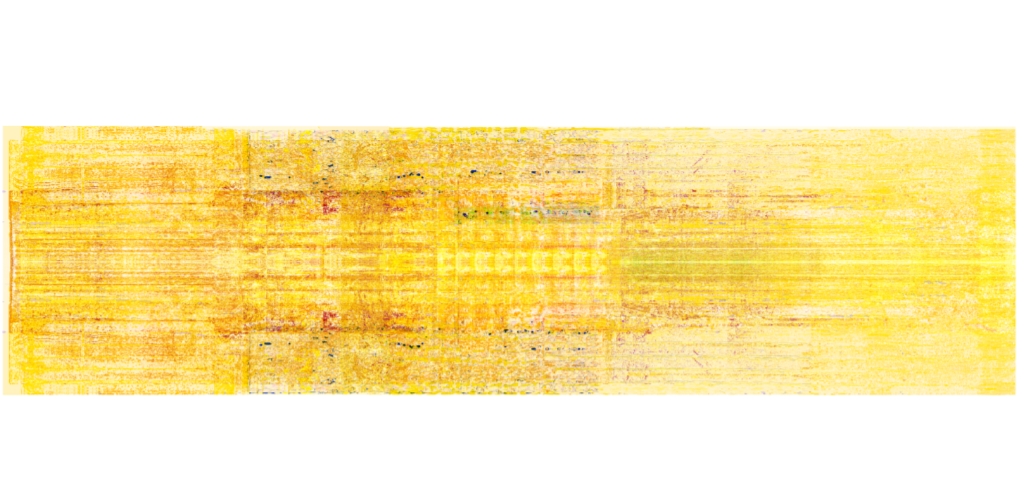
The unique pieces that give a visual dimension to the shofar blasts are currently exhibited at the 'Shelter for Art' in Jerusalem. "A few months ago, Noa Leah Cohen, the curator, called me and asked if I could display these images in an exhibition," Leventhal recounts. "I had many shofar images then that I had not yet finished, and this invitation was a trigger for me to print and finish them. So, I took this opportunity and focused on the project. It was really exciting to see the final collection of shofar blast images." Among the shofar sounds processed into shapes and colors, one can also see the shofar blast of Rabbi Shlomo Goren at the Western Wall after its liberation in the Six-Day War.
Will there be more exhibitions? Maybe, but Leventhal will not dedicate time to organize them. "Thank Hashem, I am fully busy here in Safed," he says with satisfaction. "So many people come here interested in spirituality and Jewish art."

Does Safed inspire your art?
"Absolutely. Just living here, surrounded by so many spiritual people, is an inspiration. It's a holy place, with thousands of years of spiritual history—and yet, still a living place."
